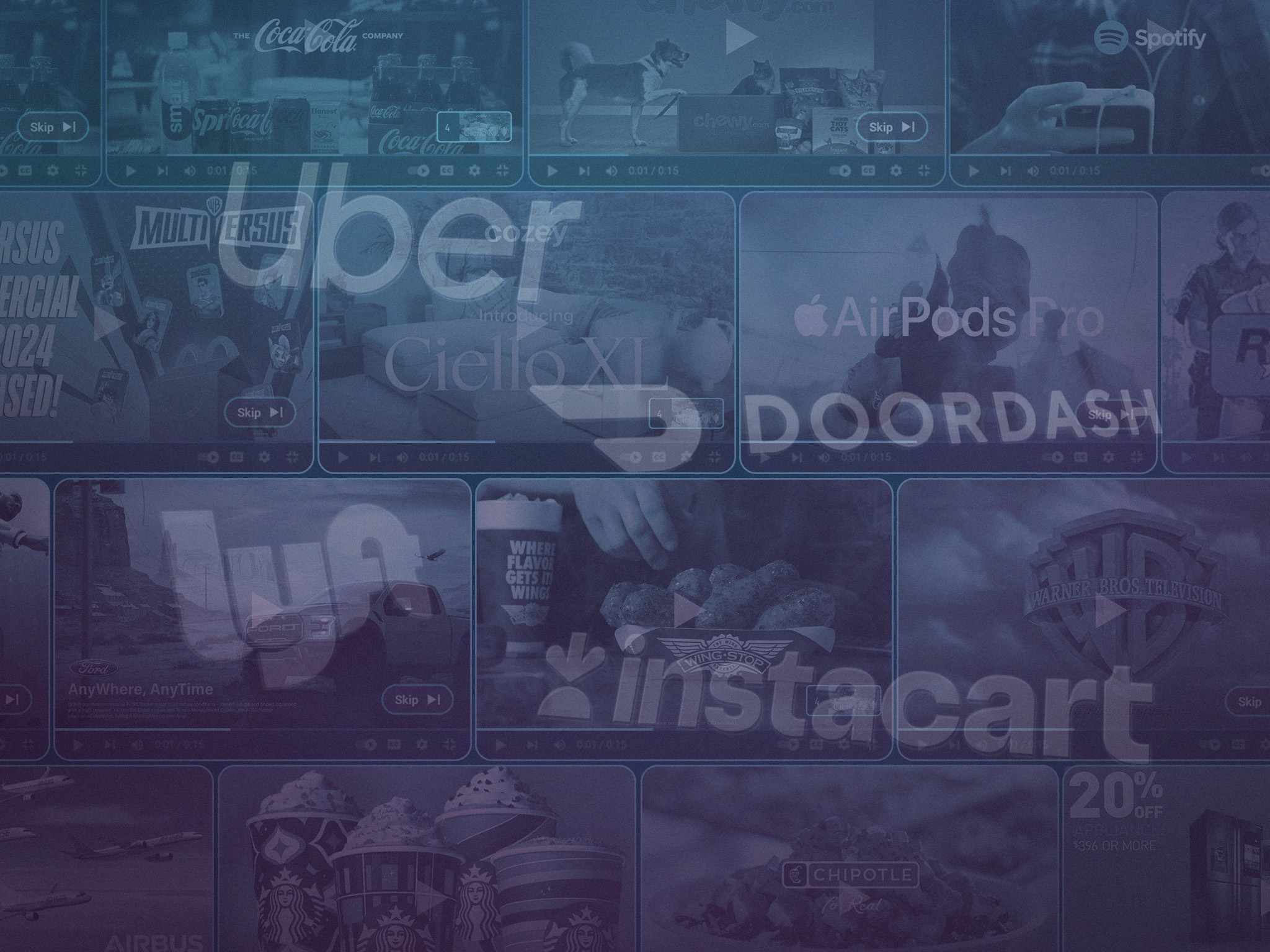Uber (NYSE:UBER) is quietly turning its customers into its product

Longtime users of Google’s (NASDAQ:GOOGL) Gmail or Meta’s (NASDAQ:META) Instagram are familiar with the business model: the service is free, but you’re the product. The tech behemoths are basically glorified ad companies, collecting data from content-hungry users that’s then used to sell them products. It’s a strategy that rideshare and delivery apps are increasingly looking to emulate.
The digital advertising market is massive, with Google alone expected to generate almost $200 billion from the segment in 2024, and it’s clear why Lyft (NASDAQ:LYFT), Instacart (NASDAQ:CART) and Uber (NYSE:UBER) would want a piece of the pie. They may also even have a leg up on Google and Meta because of the real world contact they have with their users. The companies know where they travel to and when, what they like to eat, and how much they’re willing to spend. It’s also a textbook example of a true captive audience. For the 20 minutes you’re in the back of an Uber, it’s hard to look away from the ads that can be placed on screens in front of you or inside the app that’s used to track your ETA.
While any search for marginal revenue can sometimes spook investors who fear the underlying business model might be at risk, this doesn’t appear to be the case. Uber now provides around 28 million daily trips and posted solid gains in the fourth quarter last year, seeing increases in monthly active users, trips, revenue and income. Its shares have surged 135% over the past year as a result.
Lyft and Instacart also have seen shares rise with solid growth that occurred in 2023. The core businesses appear to be healthy, and advertising could be the icing on the cake. Or even more.
Instacart reported that it’s now about to get $3 per order from on-platform advertising. The segment grew 18% year-on-year in the last quarter despite accounting for only 2.9% of total transaction volume. That suggests there’s substantial room to grow.
Uber, meanwhile, said that EBITDA margin improvement in its Delivery segment was driven by increased advertising revenue and noted the launch of sponsored items on Uber Eats in Brazil, Chile, Costa Rica and Mexico. Active advertising merchants on the platform grew 75% in the last quarter.
The company’s head of advertising in Mexico, Omar Badoui, recently said the segment could evolve into a billion-dollar business. “Our platform brings together consumer behavior on Uber with closed-loop attribution,” he said. “This enables advertisers to engage with our consumers throughout the entire marketing funnel – from awareness to purchase to loyalty and advocacy.”
Mark Grether, Uber’s global head of advertising, referred to the growing segment as “mobility media” and highlighted the real world aspect of the platform and exclusivity the company can give advertisers.
“Imagine you might be on the way to shop, and then Procter & Gamble (NYSE:PG) can advertise while you are on the way to Walmart (NYSE:WMT),” he said during a recent podcast. Uber’s Advertising website highlights a 2022 campaign for Lacoste that drove brand awareness by serving ads to tennis enthusiasts traveling to the US Open.
Despite the potential, Uber, Lyft and Instacart will need to tread carefully. The real life services aren’t cheap, and it’s not clear how far paying customers can be pushed before they get angry. Google and Meta can largely justify the monetization of their users who know that nothing comes for free, but that may not be the case as advertising spreads into what many consider to be premium services. Sometimes it’s just nice to sit in the back of an Uber without any distractions.
